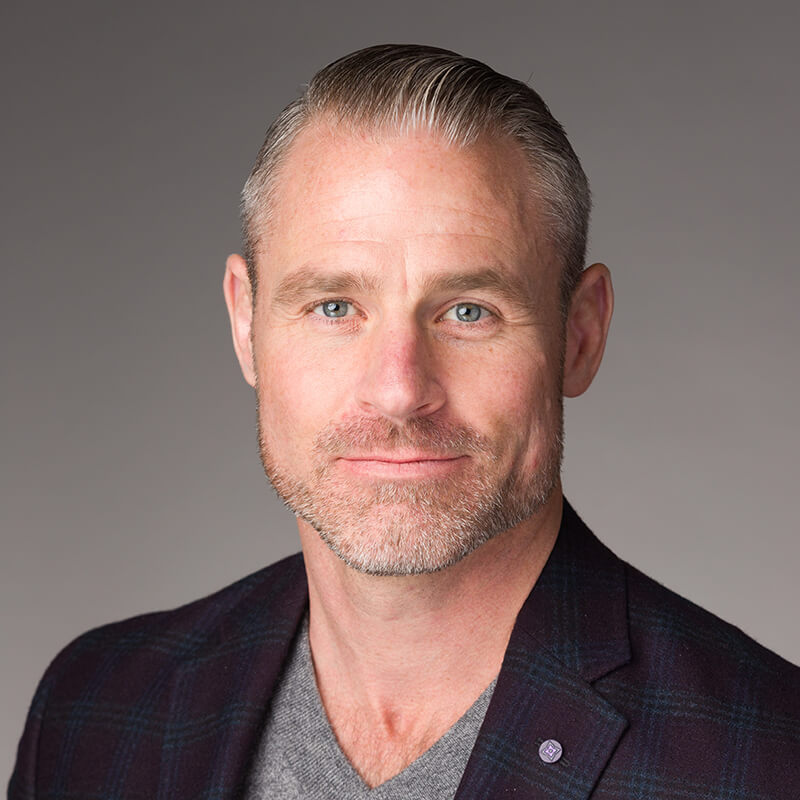
Top Reasons People Fear Alternative Work Practice (AWP) — But Shouldn’t
May 25, 2021
By: Terence Trefiak
Many would-be adopters of Optical Gas Imaging (OGI) are already aware of its benefits, but they still hesitate to implement it as an alternative to standard Method 21 leak detection, largely for two reasons: A concern that any change to their existing program will make waves with regulators and a perception that the cost of AWP isn’t economical.
Let’s put both fears to rest, starting with those troublesome regulatory hurdles.
Clearing AWP with federal and local government regulators
Some companies worry about the red tape they think they would have to cut through on a federal level. But the good news is that the Environmental Protection Agency (EPA) already recognizes AWP (i.e., OGI) as an acceptable substitute for the current leak detection and repair (LDAR) practice that involves the use of a Method 21 instrument.
Depending on the nature of your gas operation and the location of your facilities, you might have a relatively straightforward path to implementing OGI in place of standard LDAR. Still, even if you have facilities in states with tighter regulations—such as Texas, Oklahoma, or California—there’s not nearly as much cause for concern when it comes to staying compliant. Because Montrose Environmental Group can help.
When our clients move forward with AWP, we consult with them every step of the way. We engage in correspondence with the regulators where the clients’ facilities are located and—when necessary—give in-person presentations to those regulators. We write the plan to submit along with the application and help prepare all other necessary paperwork the regulators want to review. The only task left for our clients is applying for the actual amendment to their permits.
We’re also already familiar with specific regulations in several states, including the ones noted above in this post. Chances are, you’re in a state with regulators we’ve met. And often times, regulators even note that our AWP plan goes above and beyond what they consider compliant, which isn’t surprising; our AWP implementations see up to 90% greater emission reduction compared to standard Method 21.
Addressing the perceived costs of AWP
Believe it or not, the cost issue is still somewhat a regulatory one. Despite the EPA having approved AWP, the agency still requires facilities to perform monitoring once a year using current Method 21 instrumentation. This used to be a legitimate non-starter for quite a few clients; in years prior, any cost advantages of AWP were negated by the costs of having to perform that once-a-year Method 21 inspection.
Fortunately, that’s no longer the case for Montrose Environmental clients.
We’ve iterated and continuously improved our OGI methodology to the point that our clients can still perform OGI surveys and complete the yearly Method 21 inspection for less than the standard Method 21 program. In many cases, we usually run about 15% cheaper than Method 21.
What this means for you
You can gain the following benefits of OGI without fear of regulatory hurdles or increased costs:
- Increased efficiency
- Improved safety by reducing contractor time on site
- Elimination of ghost leaks via the use of infrared cameras
- Holistic coverage for improved safety
How Montrose can help
Montrose Environmental Group has offered AWP methodologies since 2015. We’re as committed to consulting our clients as we are to providing them top-quality contracting services. The technicians we send to your facilities are highly trained and skilled engineers, and we work with you every step along the way to ensure you see the maximum return on your AWP investment.
 Terence Trefiak
Terence Trefiak
Vice President LDAR, Canada
With over 19 years of industry experience Terence is an expert in fugitive emission management and specializes in Optical Gas Imaging for GHG and LDAR compliance. Terence holds a Bachelor’s of Science Degree in Chemical Engineering from the University of Calgary.

